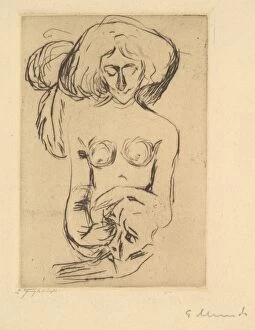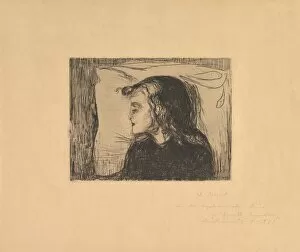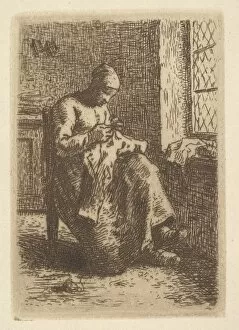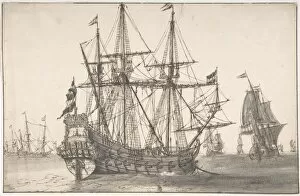Brown Black Ink Collection
"Exploring the Depths of Brown Black Ink: A Journey through Artistic Expressions" Discover the timeless allure as we delve into a captivating collection of etchings
All Professionally Made to Order for Quick Shipping
"Exploring the Depths of Brown Black Ink: A Journey through Artistic Expressions" Discover the timeless allure as we delve into a captivating collection of etchings, drypoints, and monotypes. From historical masterpieces to contemporary works, this caption will take you on an artistic adventure. Step back in time to 1855 with "Peasant Pushing Wheelbarrow, " an etching printed using brown black ink. The intricate details capture the laborious life of peasants during that era, showcasing their resilience and determination. Fast forward to 1905 when "Cruelty" emerges from a drypoint plate adorned with brown black ink. This powerful piece measures 3 3/4 x 2 9/16 inches and portrays a haunting scene that evokes deep emotions within its viewers. Nature comes alive in "Bather Standing Grasses Shore, " a mesmerizing monotype created around 1894. The subtle shades beautifully depict the serenity found by the water's edge, inviting us to immerse ourselves in its tranquility. In "Sick Girl, " an etching from 1896 rendered using drypoint technique with brown black ink, we witness raw vulnerability captured on paper. The delicate lines convey both fragility and strength as they tell the story of human suffering. Travel further back in time to witness daily life depicted in "Peasants Going Work. " Created through etching techniques employing brown black ink in 1863, this artwork offers glimpses into rural existence during another era – reminding us of our shared history. Enter Vincent van Gogh's world with his iconic masterpiece, "Night Cafe. " Etched onto paper using brown black ink plates in 1901, this work immerses us into a vibrant nocturnal atmosphere where colors blend seamlessly amidst dimly lit corners. Descending underground is where we find ourselves next – exploring Parisian sewers through an 1855 etching on brown black ink laid paper.









